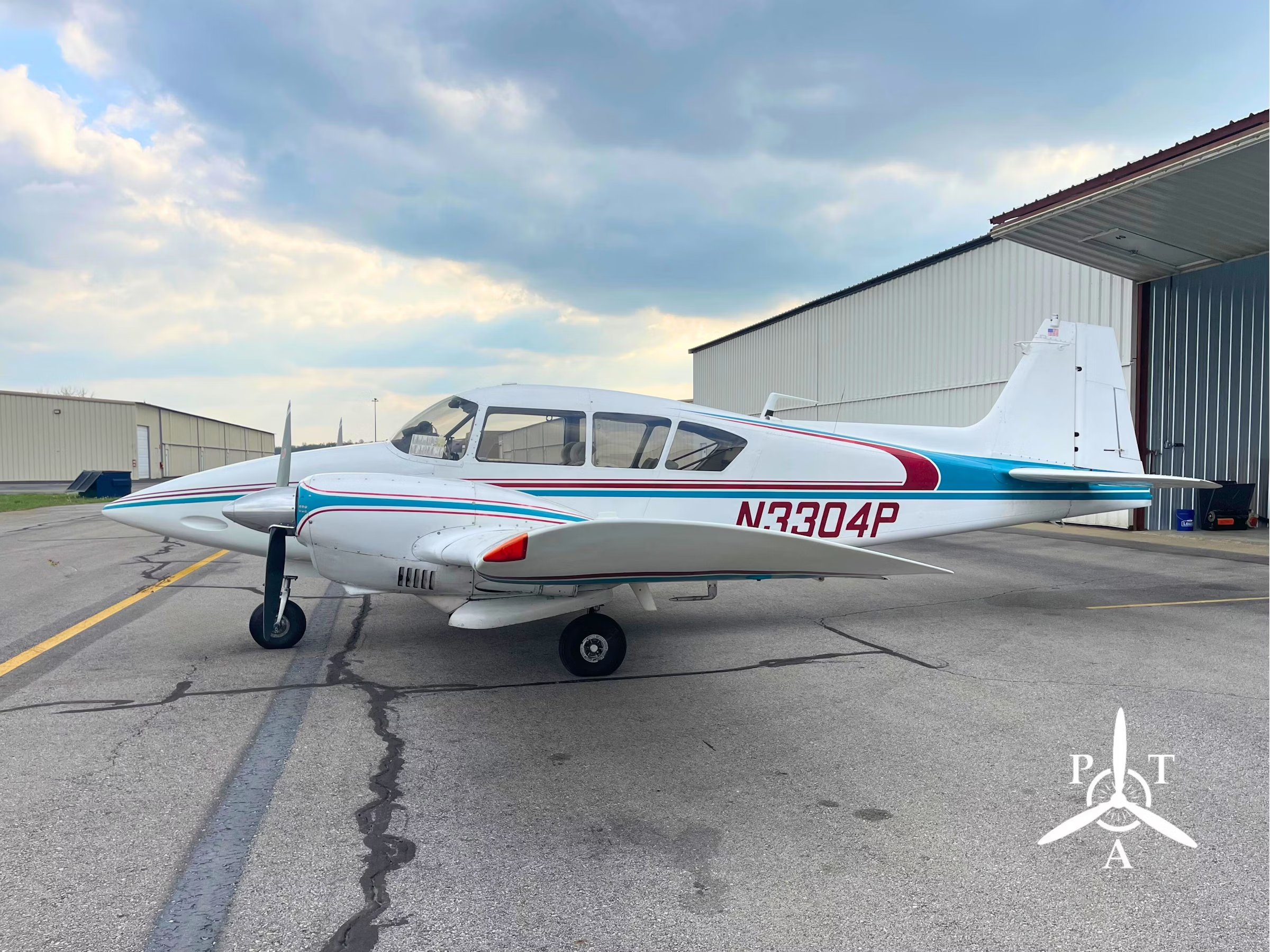Learning to Fly Amid Wake Turbulence
Although you may not be able to see them, wing tip vortices can definitely turn you into a junior stunt pilot.

Aircraft generate wake just like boats do in the water. Unlike the water, you can’t see wake in the air but should always anticipate it. [Credit: Shutterstock]
"Caution, wake turbulence."
This warning came from ATC as we were flying westbound in our mighty Cessna 172T. Ahead and east of us was a Boeing C-17 on approach to the local air base. I instructed the flight student to tighten his seat belt and slow the aircraft to maneuvering speed as a precaution, then request a 360-degree to avoid the wake. This was approved as requested. We did a standard rate turn.
As we rolled out on our original heading, the learner asked why we had done that. Wasn’t wake just a runway thing? Before I could answer, there was that familiar bounce. Turbulence. not a lot, but enough to make his eyes go big.
- READ MORE: 7 Things to Expect During IFR Training
The learner was excited because he had learned about wake turbulence in ground school but thought it only happened during takeoffs and landings. Nope. Anytime an aircraft—not just a large one—moves through the air, it generates wake, just like a boat in water.
Where Vortices Come From
Your first lesson in wake turbulence often begins on the ground.
If you operate from a towered airport and there are large, heavy airplanes like airliners and business jets, the tower will often offer you a three-minute delay to allow the wake to dissipate. Always accept the delay. Always. Although you may not be able to see them, those wing tip vortices can definitely turn you into a junior stunt pilot.
Chapter 14 of the Pilot’s Handbook of Aeronautical Knowledge has the details and illustrations of wake turbulence in action. When an aircraft takes off, wing tip vortices form and swirl behind the aircraft. Make sure you double-check the windsocks to see which way they are blowing. If the wind conditions are just right, these vortices have a tendency to linger over the runway.
If you are taking off from an airport with parallel runways—and the larger aircraft is upwind of you—note where the bigger aircraft lifted off from and if the prevailing winds will blow the vortices in your direction.
When departing behind another aircraft, note the aircraft's rotation point and rotate prior to that point. Make sure to climb out above the other aircraft's path until you can turn clear of the wake. Since vortices sink, you don't fly a heading that will take you below and behind the other aircraft.
If you are climbing out "in trail" of another aircraft, avoid a heading that will put you directly under the aircraft's flight path. Instead, adjust your heading on climb out to 5 to 10degrees off the centerline to avoid the sinking wake vortices.
If you have ever seen the Blue Angels do a formation takeoff, you have seen this practice. The four aircraft of the diamond formation takeoff first, then airplanes five and six take off in a side-by-side formation before maneuvering away from the extended centerline on climb out.
On landings, if you are following another aircraft, watch where it touches down. Land beyond that point if you can safely do so. Because wake is generated when the aircraft is developing lift, once it has landed, the vortices stop being generated.
If you do encounter wake, go around. You don't want to try to wrestle the aircraft to the ground. If the other aircraft eats up most of the runway on landing, a go-around is probably your best choice.
- READ MORE: How to Ensure Stable Approaches
If you are at an airport with parallel runways and some super and/or heavy has landed on the parallel runway while you are on approach to the other runway, note where that aircraft touched down and if the winds are pushing the vortices toward you. If there is any possibility of this, go around if you can't safely land beyond the heavy's touchdown point.
If you are landing behind a departing aircraft on the same runway, watch where that aircraft rotates and land well before that point. If a stabilized approach to that point is not possible, go around. (Are we sensing a trend here?)
Aircraft generate wake just like boats do in the water. Unlike the water, you can't see wake in the air but always anticipate it.

Sign-up for newsletters & special offers!
Get the latest FLYING stories & special offers delivered directly to your inbox






